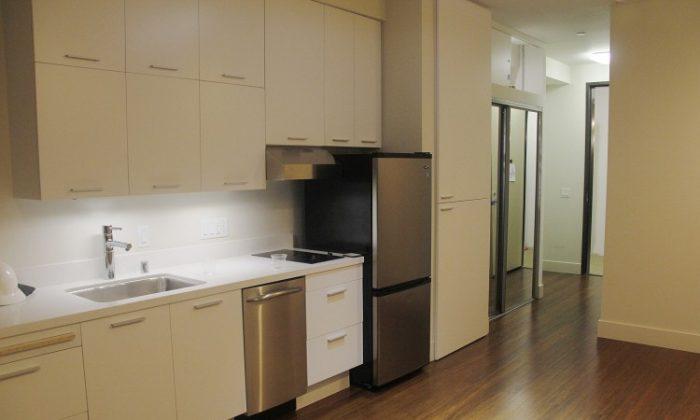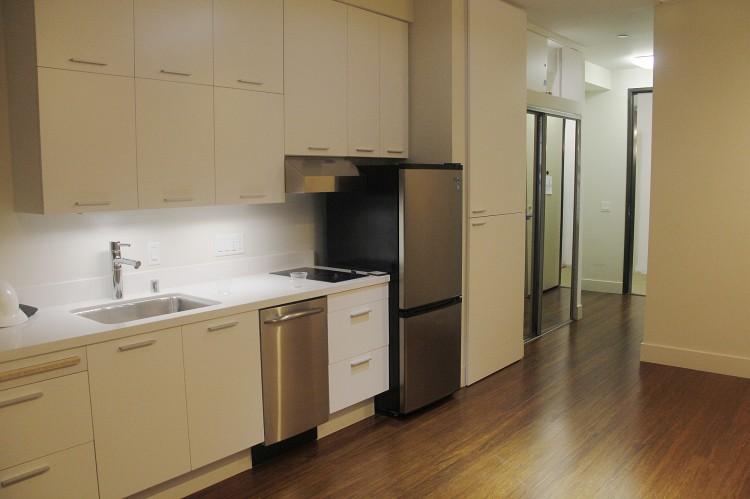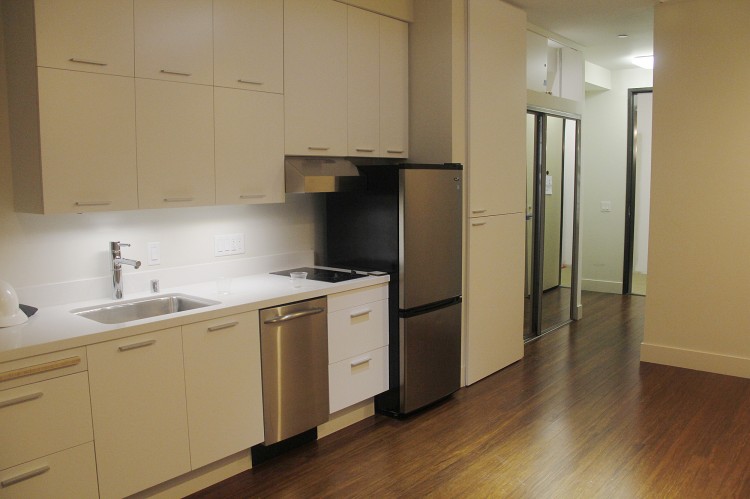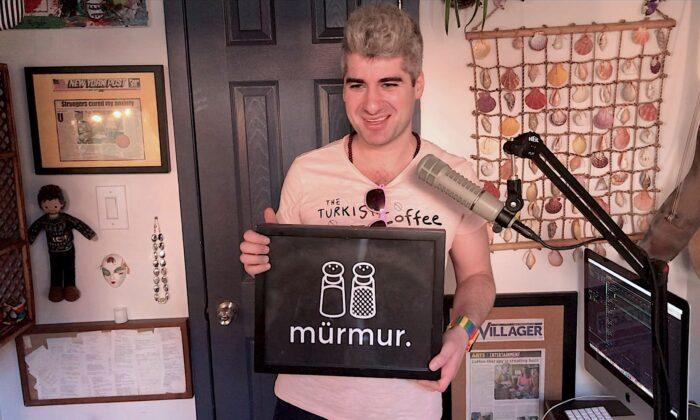SAN FRANCISCO—The San Francisco Board of Supervisors passed an ordinance Tuesday allowing rental units with a record low of 150 square feet of living space. With the development of micro-apartments, one of the country’s most expensive rental markets is joining a nationwide experiment to combat a lack of housing.
Currently, the city requires a minimum of 220 square feet of living space, plus additional space for a kitchen, bathroom, and closet.
Supervisor Scott Wiener, who sponsored the bill, said that in order to tackle the double crisis of affordability and availability in the city, more flexibility in housing policy was needed. He said he wants to offer people who cannot afford to pay $2,000 a month for a studio an alternative to shared living situations.
The minute apartments are designed for singles that already make up two out of five households in the city, and they will be cheaper to rent than regular one-bedroom apartments or studios. Efficiency units are the official name being given to these living spaces.
While admitting that his initiative is only “one piece of the puzzle,” Wiener said such apartments could make the difference for some between staying or leaving.
Ten out of the eleven supervisors voted for the resolution. However, several supervisors voiced concerns over the negative effects efficiency units could have on their neighborhoods and the city as a whole.
Supervisor David Campos expressed doubts that this initiative would be able to improve the affordability of housing. To him, more micro-apartments means having more “very small units being very expensive,” which would exacerbate the problem. Campos cited a 200-square-foot unit he visited that costs $1,500 in rent a month.
Supervisor Jane Kim stressed that the need for more family units is actually a higher priority in many neighborhoods. Kim is also concerned that a higher population density due to the efficiency units would put too much stress on the city’s infrastructure, especially in terms of providing transportation and open space.
Both ended up supporting the measure because of an ordinance that passed alongside on Tuesday that capped the number of units to be developed. To meet the concerns of housing advocates, this piece of legislation limits the number of units at 375 and requires the city’s planning department to conduct a study on the effect these new units will have.
Sara Shortt, executive director of the Housing Rights Committee of San Francisco called it “premature and extreme” to reduce units to 150 square feet of living space or 220 square feet of total space. She cited examples in other cities, where micro-apartment projects have been more measured.
An ongoing pilot project in New York City, where current regulation does not allow units smaller than 450 square feet of total space, has called for design proposals for 275- to 300-square-foot units.
The Epoch Times publishes in 35 countries and in 19 languages. Subscribe to our e-newsletter.







Friends Read Free